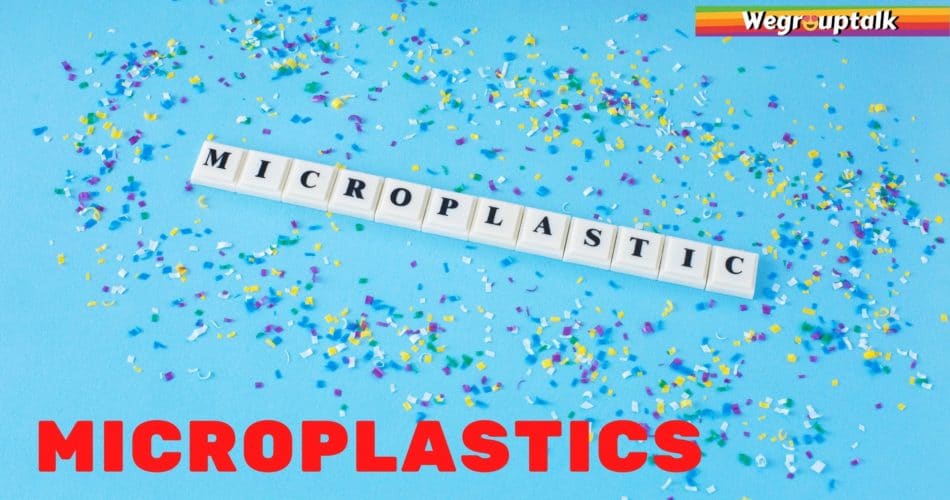Want to have delicious food but only to realize it contains microplastics?! How about thinking of a great vacation, but the natural beauty destroyed by microplastics!
Microplastic pollution is the next greatest threat that human civilization can expect, a new kind of pollution that will forever be etched into our science books by the sole courtesy of us!
“Scientists have found microplastics in 114 aquatic species, and more than half of those end up on our dinner plates.”- National Geographic Magazine, June 2018.
“Last month, in a new report by the Pew Charitable Trusts and Systemic, a London-based environmental think tank, scientists concluded that about 11 percent of that flow into the seas—about 1.4 million tons—includes four prime sources of microplastics: tires, production pallets, textiles, and microbeads.”- National Geographic Magazine, August 2020.
What are microplastics? How are they produced? Why should we be worried about them? These questions are important for every citizen to ponder upon because awareness is the first step to prevention.
So let us battle these questions one by one.
What are microplastics?
Microplastics is nothing but a term used for any plastic that is smaller than 5 mm.
Types of microplastics
There are two types of microplastics that exist on this planet earth which are primary and secondary microplastics. These are explained further below:
Primary microplastic:
Primary microplastics are such as micro-beads used in personal care products or the pellets used in plastics manufacturing are manufactured intentionally. Microbeads are made of polyethene, polypropylene and polystyrene, less than 1 mm in size. These are used in exfoliating creams, toothpaste, lipsticks, etc. Due to the increasing plastic particle water pollution, these have been banned in several counties such as US, Canada, France, New Zealand, Sweden, etc and yet it is not banned in India (merely because of lack of awareness).
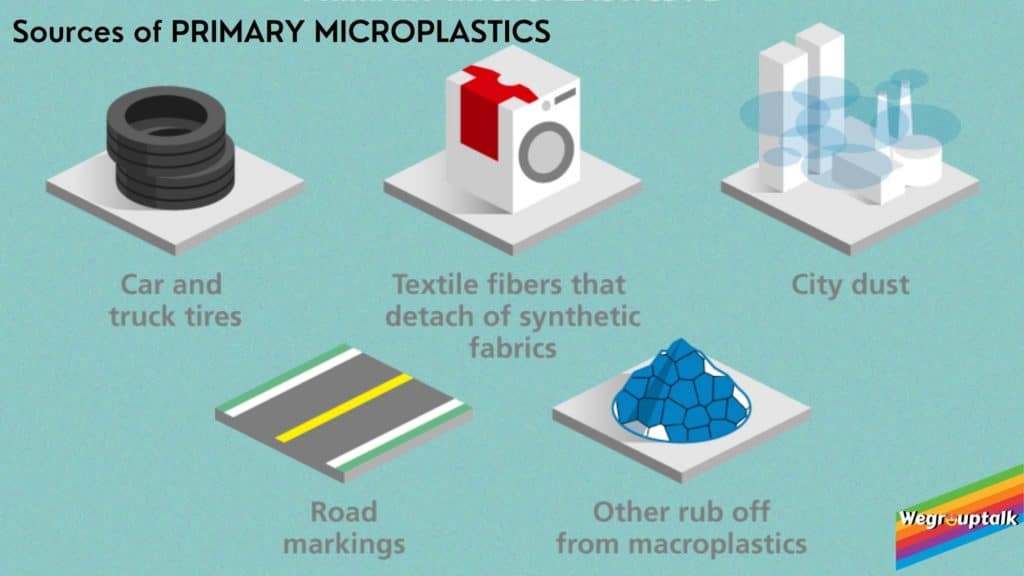
Secondary microplastic:
Secondary plastics are small pieces of plastic that break from larger plastic debris due to various chemical, physical, biological forces that break their structures down to the extent that it is invisible to the naked eye. This process of breakdown is often referred to as fragmentation. The smallest microplastics detected in the oceans presently is 1.6 micrometres in diameter. These are usually in uneven shapes and sizes.
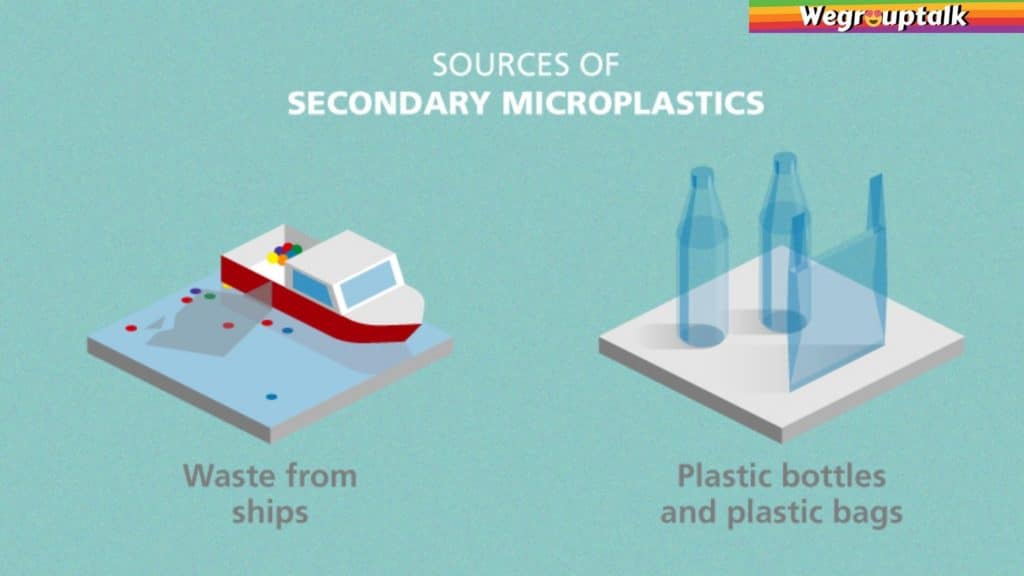
What is so bad about microplastics?
These microplastics wither away into oceans, the air we breathe, food products, soil; nothing is left unconquered for these tiny particles! The synthetic clothes we wear also contribute to this problem as these contain plastic fibres that break away into the atmosphere.
If ingested, these microplastics can block the gastrointestinal tracts of organisms or worse, trick them into thinking they’re not hungry, ultimately leading to starvation. These tiny pieces of plastic might also be breathed in with the air and get stuck in our nostrils, and some can reach and do a lot of damage to our organs! The seafood (a term referred to as biological magnification) we eat might contain a high concentration of microplastics (which is proven to be confirmed). And yet, we are unable even to perceive it as a major problem!
When it colludes with the soil, it damages it. Water seeping and absorption becomes much slower and affects the growth of plants. They also interfere with the growth of earthworms as it has known to be linked to increasing their weights which ultimately lead to the decrease in its performance! The worst thing about microplastics is that they are non-biodegradable, and that means even the tiniest bit of microplastic going to stay in the environment for a too long time.
We’re surrounded by microplastics so much that everywhere we turn, there will be a ‘microplastic demon’ just waiting to pounce on us! Our worst nightmare is slowly coming true, and it’s high time we become self-aware.
What can we, as a common man, do?
Plastic has become an integral part of our daily life, from the screens of our mobile to the walls of our house, everything has plastic as their component. Banning plastic or microplastic is not the solution; the reduction in usage is, and funding research that is studying how to catalyze biodegradation of microplastics.
“Reduce if you can’t refuse” is a beautiful concept we need to learn by heart.
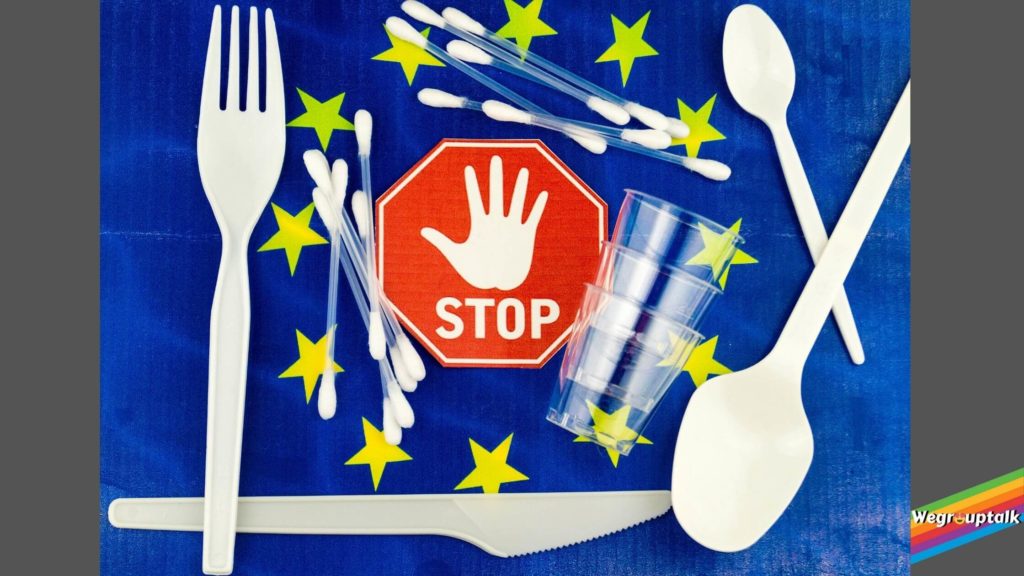
- Reduce the usage of synthetic clothes and go for natural fibre clothes. This will reduce the microplastic that flies off into the atmosphere.
- Reduce the usage of cosmetic products that include microbeads and push the government to ban such materials.
- The plastic you can’t throw away, turn it into a decoration.
- The bottle you were going to throw away, use it to do science projects.
- Reduce the usage of poly-bags, plastic cups, and straws. Even if you do, do not litter but instead throw them in a dustbin.
- The tape you’re going to waste unnecessarily by using it for ‘fun’ purposes, stop!
The good news is that India has vowed to eradicate the use of single-use plastic by 2022. This is what happens when you become self-aware and start to push your government into reforms. Now let’s make our contribution towards the environment count.
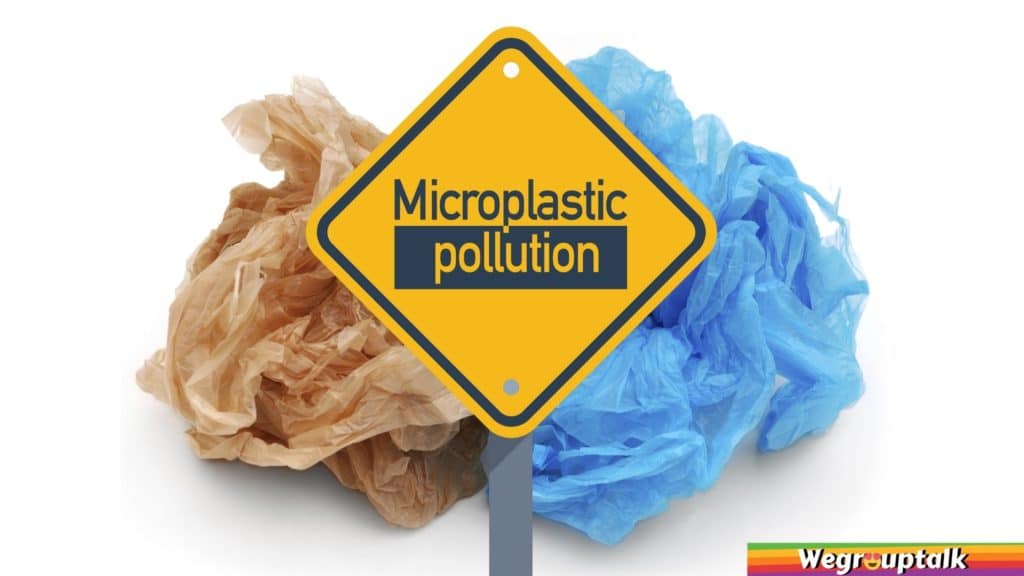
Some ongoing projects to reduce microplastic pollution.
- A team of researchers led by Kohei Oda of Kyoto Institute of Technology and Kenji Miyamoto of Keio University (Japan) discovered ‘Ideonella sakaiensis’ which degrades plastic as well as microplastic which can be further mineralized to carbon dioxide. This bacterium is found to be grown on PET surfaces. Modifying these bacteria’s in laboratories may catalyze the slow speed of bio-degradation and help them survive in various temperatures and underwater.
- Lack of classrooms, but an excess of plastic in West Africa has brought a revolutionary concept of plastic bricks. Plasticos, a company based in Colombia, has recycled plastic by melting the used plastic products into alternative construction material. It is fully operational and already has been used to build classrooms. These bricks are fire-resistant, 40% cheaper, 20% lighter, and would probably last thousands of years! Way to turn the nightmarish property of the plastic into an opportunity!
- In the Philippines, a project called “Liter of Light Project” was launched by “My shelter foundation” which aims to prove light to 1 million of roughly 12 million people who are surviving without light. Plastic bottles are filled with bleached water, installed into two holes of the shanty towns’ corrugated iron roof and refract the equivalent of 55W of sunlight into the room illuminating the house during the day. It takes 5 minutes to make by using hammer, rivet, metal sheets, sandpaper and epoxy and costs less than 1 $. A helpful innovation for low-income families!
- Old plastic bottles are being reused as DIY projects are continually providing new, innovative ways to use your plastic in a much more useful way. Piggy banks, stationary no-sew zipper, soda sprinkler, drip irrigator, bird feeders, mosaic art, kitchen storage containers, zero electricity cooler, pet feeder, greenhouse, vertical hanging garden, jewellery stands, snack bowls, party décor are just a few of the DIY projects that are going to save you money, time and help you reduce the microplastic pollution by cutting down the demand of plastic manufacture.
The research on microplastics is ongoing and is a relatively new field to ponder upon. A lot of bio-degradable plastics have been made in labs; however, a successful large scale production is still a decade away.
I keep on repeating this again and again; it’s important to become self-aware and help reduce the microplastic pollution on our end.
Awareness is the first step to prevention.
The more people that know about it, more will tend to do something about it.
Try to look for alternatives and if they’re not available, attempt to reduce the usage before it’s too late! Only we can pull ourselves out of learning another type of pollution in our science books by eradicating it!
To thrive or to perish, the choice is in our hands now!
Also Read- Edge Computing
Follow us on FACEBOOK, INSTAGRAM and TWITTER to stay connected~!!

